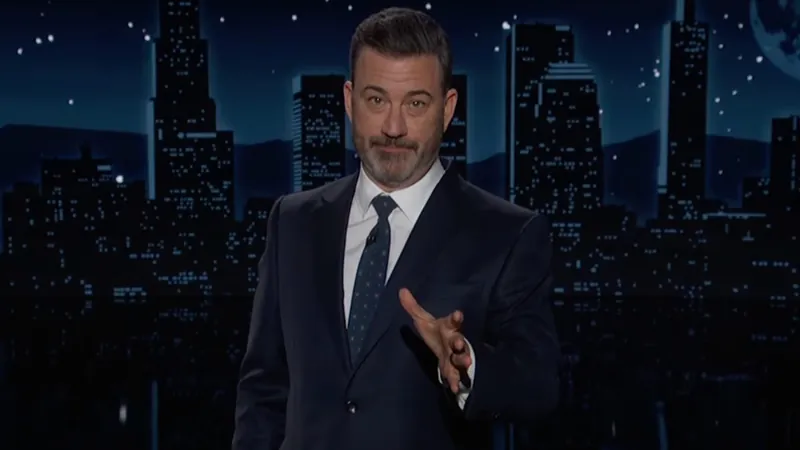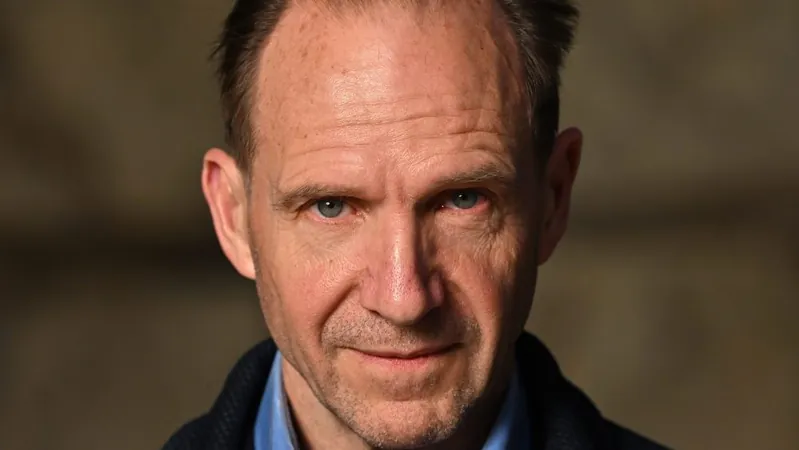
Revolutionary Algorithm Could Transform Hearing Aids for the Hearing Impaired
2025-05-10
Author: Ting
Have you ever found it hard to hear your friend's voice amidst the lively chatter of a crowded room? This common dilemma is known as the "cocktail party problem," and it poses a significant challenge for those with hearing loss.
Most hearing aids are equipped with directional filters to help users concentrate on sounds in front of them, reducing irritating background noise. However, when surrounded by multiple speakers in close proximity, these devices often struggle to isolate voices.
Enter the cutting-edge "biologically oriented sound segregation algorithm" (BOSSA), a new tool that promises to enhance how hearing aids deal with this complex auditory conundrum. Inspired by the brain's intricate auditory processing, BOSSA utilizes input from both ears to pinpoint sound sources and filter out distractions.
Alexander Boyd, a doctoral student at Boston University, likens traditional filters and BOSSA to different types of flashlights. He explains, "BOSSA is like a new flashlight with a tighter beam, allowing for more precise focus on individual voices." While it shows promise in distinguishing between speakers, testing in real-world situations is still needed.
Boyd recently led a laboratory experiment that evaluated BOSSA's effectiveness, with results published in the journal Communications Engineering. Participants with hearing loss wore headphones and listened to five simulated speakers conversing simultaneously from various angles. The audio was processed using either BOSSA or a traditional hearing aid algorithm.
During the trials, participants successfully identified more words spoken by a designated 'target speaker' when this voice was within 30 degrees of their position using BOSSA, compared to the conventional algorithm or without assistance.
While the standard algorithm proved more effective at filtering out static noise, this conclusion was based on tests with just four participants. The traditional method amplifies desired sounds while dampening background noise, whereas BOSSA transforms sound waves into discrete inputs that the algorithm can interpret, mimicking the cochlea's functions in the inner ear.
BOSSA also draws its effectiveness from the way certain midbrain cells, renowned for their acute spatial hearing, react to auditory stimuli coming from specific directions. These cells analyze sound based on timing and volume discrepancies between ears, enhancing situational awareness.
Created using insights from barn owls, known for their remarkable acoustic hunting skills, BOSSA reconstructs auditory signals into comprehensible sound for the listener.
The algorithm's 'bottom-up' approach focuses on gathering sensory information crucial to understanding the environment, while it also considers a 'top-down' pathway influenced by a person's experiences and objectives. This dual processing can help individuals zero in on their friend's voice amidst a loud crowd.
Despite its advantages, BOSSA still faces challenges in real-life applications, such as adapting to rapidly changing conversations. Michael Stone, an audiology researcher from the University of Manchester, pointed out that the study didn’t account for how sounds might echo or reverberate in real-life contexts.
However, Stone believes BOSSA could be a more practical alternative compared to deep neural network models, which require extensive training and computational power for various auditory environments.
Experts like Fan-Gang Zeng from the University of California, Irvine, point out that BOSSA's transparency could make it easier to refine and improve over time. Future studies plan to evaluate BOSSA in real hearing aids and investigate potential enhancements that could allow users to direct the algorithm's focus.
As researchers continue to refine this groundbreaking algorithm, it holds the potential to revolutionize the way people with hearing loss experience sound in social settings, bringing clearer communication and connection.




 Brasil (PT)
Brasil (PT)
 Canada (EN)
Canada (EN)
 Chile (ES)
Chile (ES)
 Česko (CS)
Česko (CS)
 대한민국 (KO)
대한민국 (KO)
 España (ES)
España (ES)
 France (FR)
France (FR)
 Hong Kong (EN)
Hong Kong (EN)
 Italia (IT)
Italia (IT)
 日本 (JA)
日本 (JA)
 Magyarország (HU)
Magyarország (HU)
 Norge (NO)
Norge (NO)
 Polska (PL)
Polska (PL)
 Schweiz (DE)
Schweiz (DE)
 Singapore (EN)
Singapore (EN)
 Sverige (SV)
Sverige (SV)
 Suomi (FI)
Suomi (FI)
 Türkiye (TR)
Türkiye (TR)
 الإمارات العربية المتحدة (AR)
الإمارات العربية المتحدة (AR)